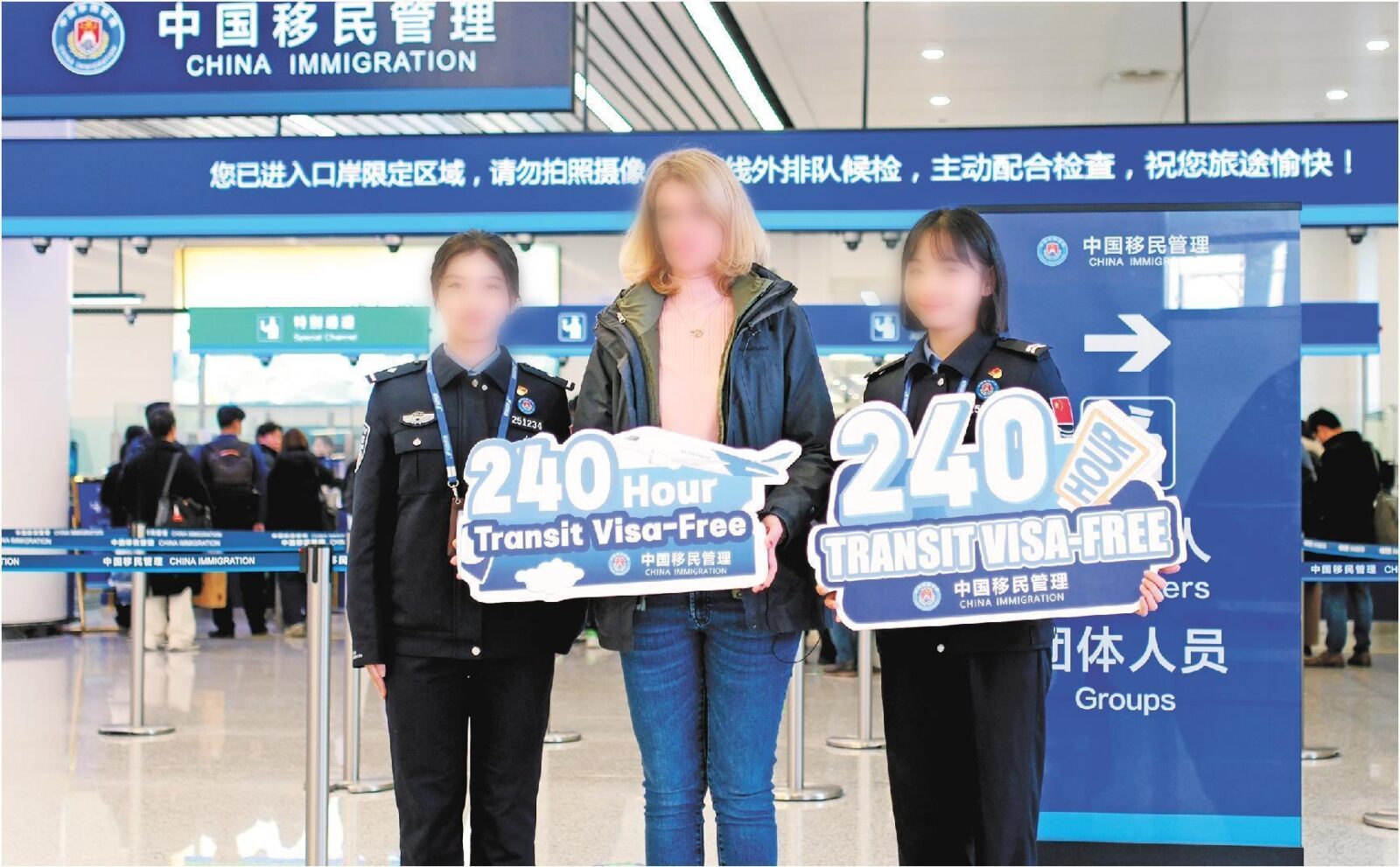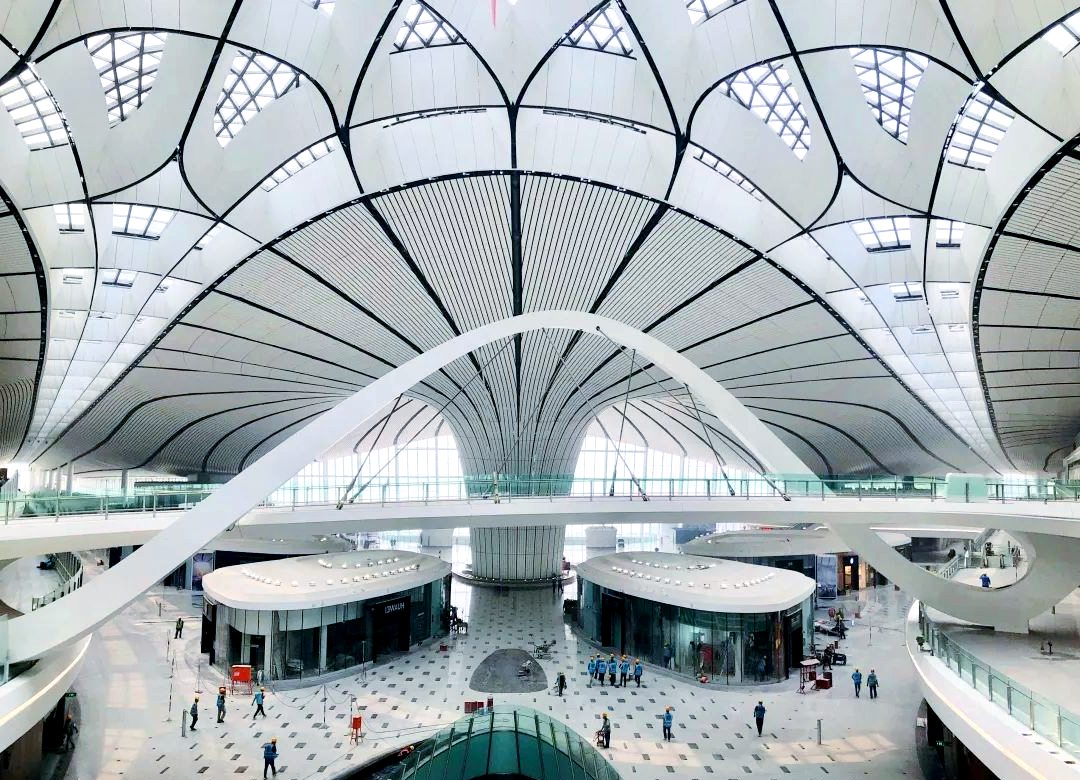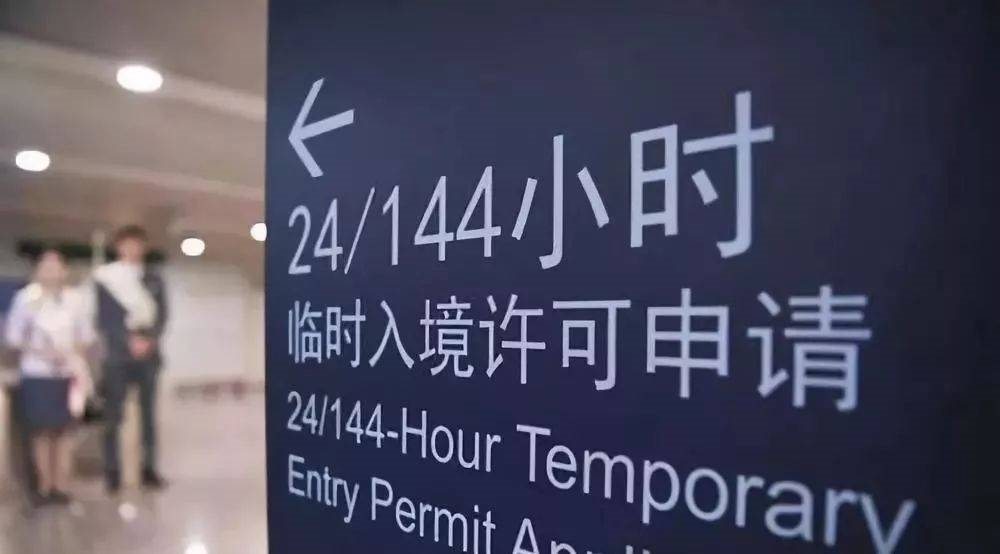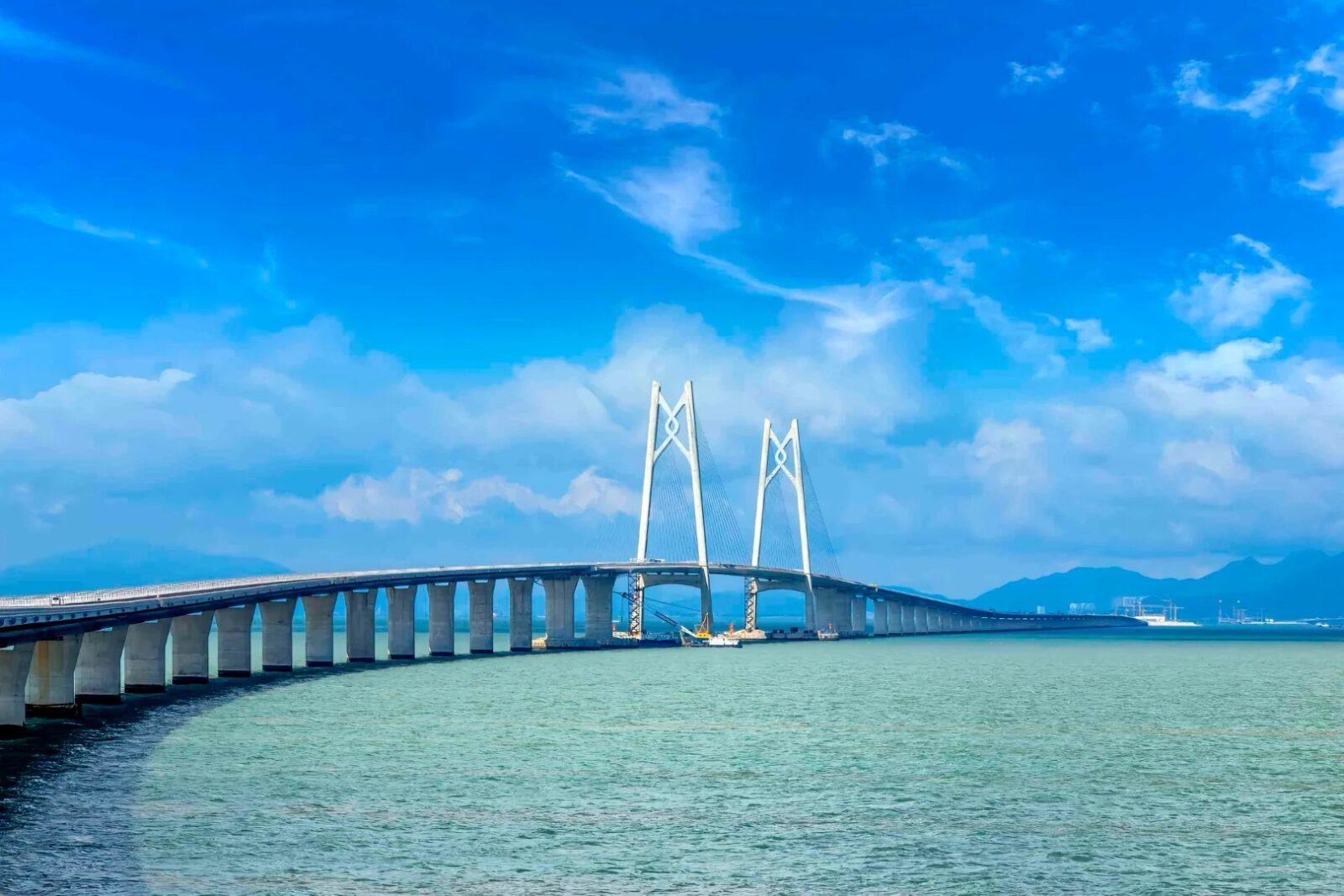Great news for international travelers heading to China! On December 17, 2024, China’s National Immigration Administration announced a major update: the old 72-hour and china transit visa 144 hours policies have been unified and extended into one generous 240-hour visa-free transit program—a full 10 days. Then on June 12, 2025, the policy expanded further when Indonesia joined the list of eligible nations, raising the total to 55 countries across Europe, Asia, the Americas, and Oceania. What changed in the move from china transit visa 144 hours to 240 hours?
So, what are the key updates in the shift from china transit visa 144 hours to 240 hours? What documents should you prepare, which ports are included, and how can you design your travel routes? This article gives you a clear guide to the new 240-hour visa-free transit policy, helping you make the most of this flexibility. Don’t let time limit your curiosity anymore – are you ready to explore a broader, more exciting China? Read on to begin your dream journey!
From "144 Hours" to "240 Hours": China's Transit Visa - Free Policy Upgraded Again

China Immigration
China Extends Transit Visa-Free Stay to 240 Hours
The china transit visa 144 hours once symbolized easier travel, letting visitors from 54 countries enter China without a visa for up to six days. Over time, it expanded from a few cities to more provinces and ports, boosting tourism and exchange.
On December 17, 2024, China’s National Immigration Administration (NIA) officially announced a major update: the extension of transit visa from 144 hours to 240 hours, allowing visitors to stay up to 10 days. According to the NIA release, the new rule expanded approved entry ports from 39 to 60 and increased the covered provinces from 19 to 24, adding regions like Shanxi, Anhui, and Hainan. The authority further confirmed that by June 2025, Indonesia was added, raising the list of eligible countries to 55. This authoritative policy interpretation emphasizes not only broader coverage and longer stays, but also positions the 240 hours scheme as a strategic measure reflecting China’s openness and commitment to facilitating international travel.
This shift of China transit visa from 144 hours to 240 hours of transit visa not only gives travelers more time for cross‑province trips but also reflects China’s wider push for openness and stronger global ties. It signals greater support for tourism, cultural exchange, and international cooperation, offering visitors a deeper chance to connect with China beyond a short layover.
🚨 Big update for travelers in 2025 — read China Visa-Free Ports 2025: Guangdong Adds Five New Entry Points to the 240-Hour Transit Policy to catch all the details.
Required Documents
To qualify for the 240-hour transit visa, travelers must present a valid passport with at least six months’ remaining validity, an onward flight ticket with a confirmed seat to a third country or region, and proof of hotel bookings. These three documents are the most essential at immigration, and having both digital and printed copies can make clearance faster and smoother.
It is strongly advised to book hotels licensed to host foreigners, since these hotels automatically complete police registration on your behalf. Immigration officers may sometimes ask for additional evidence such as proof of sufficient funds or travel insurance. Onward tickets must clearly show a destination beyond your country of origin—returning to the same starting point is not allowed under this policy. Preparing these details in advance helps minimize questions at major entry hubs like Shanghai Pudong or Beijing Daxing airports.
If you’re planning your trip and short on time, How Long Does It Take to Get a China Visa? Real Timelines and Tips You Can Trust (2025) helps you plan it right.
Scope of Application and Ports of Entry

Beijing Daxing International Airport
Eligible Countries and New Additions
Under the latest update, the china transit visa 144 hours program has expanded to cover 55 countries across Europe, Asia, the Americas, and Oceania. In Europe, this includes major Schengen states such as France, Germany, Italy, and Spain, along with several Eastern European nations. In Asia, popular travel markets like Japan, South Korea, Singapore, and Malaysia remain on the list, while Indonesia was newly added in 2025, reflecting China’s growing regional cooperation with Southeast Asia. From the Americas, the United States, Canada, and Brazil are included, while Australia and New Zealand represent Oceania.
The inclusion of Indonesia is more than a technical adjustment—it signals China’s intention to strengthen both tourism flows and diplomatic ties within the Belt and Road framework. For Indonesian travelers, the new 240-hour transit policy offers far greater flexibility than the previous limit, allowing extended stays in hubs like Beijing, Shanghai, or Guangzhou before heading onward. This change turns a brief stopover into a genuine chance for cultural exchange and business interaction.
Eligible Countries for China’s 240-hour Visa-Free Transit (as of June 2025)
| Continent | Countries |
|---|---|
| Europe | Austria, Belgium, Czechia, Denmark, Estonia, Finland, France, Germany, Greece, Hungary, Iceland, Italy, Latvia, Lithuania, Luxembourg, Malta, Netherlands, Poland, Portugal, Slovakia, Slovenia, Spain, Sweden, Switzerland, Norway |
| Asia | Japan, South Korea, Singapore, Malaysia, Brunei, United Arab Emirates, Qatar, Israel, Indonesia (added in 2025) |
| Americas | United States, Canada, Brazil, Mexico, Argentina, Chile |
| Oceania | Australia, New Zealand |
| Other Europe (non-Schengen) | United Kingdom, Ireland, Croatia, Serbia, Ukraine |
| Total | 55 countries |
Expansion of Ports and Regional Coverage
Cities by Region (Eligible for 240-Hour Transit Visa)
| Region | Cities |
| North | Beijing, Tianjin, Shijiazhuang, Shenyang, Dalian, Changchun, Harbin, Manzhouli, Heihe, Suifenhe, Xi’an, Lanzhou, Urumqi, Alashankou, Khorgos |
| South | Shanghai, Nanjing, Hangzhou, Hefei, Fuzhou, Xiamen, Jinan, Qingdao, Zhengzhou, Wuhan, Changsha, Guangzhou, Shenzhen, Zhuhai, Shantou, Zhanjiang, Nanning, Guilin, Beihai, Haikou, Sanya, Chongqing, Chengdu, Leshan, Kunming, Xishuangbanna, Dehong Mangshi, Ruili |
Previously, the 144-hour China transit visa applied to just 39 ports of entry. The new policy has broadened that number to 60, now spanning 24 provinces, municipalities, and autonomous regions. These include major international gateways such as Beijing Capital and Daxing, Shanghai Pudong and Hongqiao, Guangzhou Baiyun, Shenzhen Bao’an, and Chengdu Tianfu, as well as strategic regional hubs like Qingdao, Xiamen, Kunming, and Urumqi.
This expansion reflects a clear trend: moving beyond first-tier cities to open access across more of China’s territory. Travelers can now plan more flexible itineraries—entering via East China, for example, and continuing to central or southern provinces without the old restrictions. The benefit is twofold: easing pressure on mega-cities like Beijing and Shanghai, while also boosting visibility for lesser-known destinations that rarely saw international tourists under the older system.
Want to know the exact scope and entry ports? See the Chinese Visa Application Service Center’s official info in Announcement on China's 240-hour Visa-Free Transit Policy Applicable to Indonesia
Special Provincial Restrictions and Boundaries
Despite the broader coverage, certain provincial-level restrictions still apply. For example, in Shanxi Province, travel is limited to Taiyuan and Datong; in Jiangxi Province, only Nanchang and Jingdezhen are included. Similar rules exist in Anhui and Guizhou, where only provincial capitals or designated tourist cities are open under the program.
These limitations of china transit visa are designed for border control efficiency and to ensure concentrated service for foreign visitors. For travelers, this means one crucial planning step: always check which cities are within the “approved zone.” For instance, if you wish to visit scenic areas like Lushan or Jinggangshan from Nanchang, you must verify whether those destinations fall under the permitted region. If not, the safer option is to arrange entry from a nearby approved port to avoid violations. This clarity helps visitors maximize their stay while staying compliant with immigration rules.
Step-by-Step: How to Apply Visa-Free Transit at the Airport

Immigration Application Signs
Step 1: Follow the signs to immigration and leave the plane
If you want to get a China transit visa upon arrival in China, then you should follow the airport sign to the immigration hall. Once you’re there, find the lane labeled “24/144/240-hour Transit Visa.
It’s important to have your passport and an onward ticket. And be sure not to enter the “Chinese Nationals” lane. Immigration officers may inquire as to your next destination and where you will be staying, so printed hotel confirmations can help expedite this process.
Step 2: Complete the Arrival Card and Organize Papers
Grab the Foreigner Entry Card near immigration and fill it out thoughtfully. Add your flight number, passport information, the address of your hotel and details of your onward flight. Have your passport, confirmed onward ticket and hotel reservation ready. Keeping a copy of the National Immigration Administration’s official policy announcement may also be useful if staff demand reassurance.
Step 3: Send the papers to be inspected
Pass your card, passport and onward ticket to the officer. They will review your eligibility and could issue you a stamped deadline mark in your passport. If there is any question, you can be automatically directed to secondary inspection, so have all your documents printed and digitally saved.
Travel Ideas for Your 240-Hour Visa-Free Transit in China
China’s new visa-free transit rules have made layovers into actual travel experiences. The extended 240-hour visit, coupled with the new provincial travel allowances, enables you to create a multi-leg itinerary that has been previously unattainable. Here are three such hand-picked itineraries to help you spend 10 days in China.
Route 1: The Cultural & Historical Journey – Beijing + Xi’an

Terracotta Army
Concept: This route evolves a quick city tour into a deep dive into China's imperial past. By connecting Beijing and Xi’an, you can experience two ancient capitals and bridge thousands of years of history in one trip.
Looking for a step-by-step Beijing travel plan? Discover 5-Day Beijing Itinerary for 2025: Landmarks, Street Life, and Smart Tips
Itinerary Suggestions:
- Beijing (3-4 days): Focus on essential landmarks. Explore Tiananmen Square, the Forbidden City, and the Great Wall (Mutianyu section). Take a half-day side trip to the tranquil Summer Palace to round out your experience.
- Transportation: Travel between the two cities via China's high-speed rail, a journey of approximately 5-6 hours.
- Xi’an (3-4 days): Immerse yourself in the ancient capital's atmosphere. Visit the Terracotta Army, walk along the Ancient City Wall, and explore the Muslim Quarter for a food tour featuring local favorites like roujiamo and biangbiang noodles.
Budget & Practical Tips:
- Costs: High-speed train tickets range from ¥500–600 per person. Expect entrance fees around ¥60 for the Summer Palace and ¥120 for the Terracotta Army.
- Booking: During peak travel seasons like Golden Week, book train tickets and hotels well in advance to avoid sold-out situations. Always keep a printed copy of your reservations.
Route 2: The Urban & Natural Escape – Shanghai + Huangshan

Huangshan
Concept: Pair the vibrancy of a modern metropolis with the serene beauty of a UNESCO World Heritage site. This route offers a striking contrast between Shanghai's urban landscape and the dramatic, cloud-shrouded peaks of Huangshan.
Wondering how to plan your Shanghai week step by step? See What to Do in Shanghai for a Week: A Practical 7-Day Guide
Itinerary Suggestions:
- Shanghai (3-4 days): Spend your time experiencing the city's unique blend of old and new. Admire The Bund's skyline, wander through Yu Garden, and enjoy the bustling atmosphere of the former French Concession.
- Transportation: A high-speed train from Shanghai to Huangshan (North Station) takes less than three hours.
- Huangshan (3-4 days): Hike the mountain to see its famous twisted pines and "Sea of Clouds." Consider an overnight stay on the mountain to witness the unforgettable sunrise.
Budget & Practical Tips:
- Costs: Huangshan entrance fees are ¥190–230, and round-trip cable cars add ¥160–200. On-mountain hotels can cost ¥600–1000 per night, while hotels in the nearby town are more affordable.
- Preparation: Wear appropriate footwear and clothing, as the mountain's weather can be unpredictable, with frequent mist and slippery steps.
Route 3: The Ultimate Contrast Adventure – Shanxi Temples + Hainan Beaches

Hanging Temple
Concept: For the truly adventurous traveler, this route offers a dramatic transition from the deep, somber history of northern China to the sun-kissed, tropical coasts of the south. It turns a layover into a genuine holiday spanning two completely different worlds.
Itinerary Suggestions:
- Shanxi (3-4 days): Explore the province's rich historical treasures, including the awe-inspiring Hanging Temple and Yungang Grottoes near Datong, and the remarkably preserved Pingyao Ancient City.
- Transportation: Take a domestic flight from Taiyuan (Shanxi's capital) to Sanya (Hainan), a journey of about three hours.
- Hainan (4-5 days): Unwind on the beaches of Sanya, go snorkeling, and enjoy the island's fresh seafood and coconut rice.
Budget & Practical Tips:
- Costs: Resort prices in Sanya can be high (¥700–1200 per night), but guesthouses offer more budget-friendly options.
- Logistics: Domestic flights can be delayed, so allow for ample buffer time before your onward international flight. Book hotels in Hainan well in advance, especially during local holidays like Chinese New Year.
Practical Tips for Your Stay
Food and Daily Living
Even eating during a stopover in China is straightforward. You will find that many restaurants in major cities have English menus, and otherwise you can refer to photographs to order. Need a quick, cheap snack or drink option?Convenience stores like FamilyMart, Lawson and 7-Eleven are plentiful and sell water, snacks — as well as local SIM cards. If you are curious to try food delivery, tell your hotel staff so they can assist you with ordering there through Meituan Waimai or Ele. me, and meals typically showed up within 30 minutes. If you want to save yourself time, activate the Alipay Tour card, or link your international credit card with WeChat Pay so you can scan and pay straightaway for meals or items at restaurants and shops without having to worry about coins or small notes.
Not sure how foreigners handle payments in China? Check Alipay Tour Card: The Foreign Traveler’s Key to Cashless China
Accommodation and Transport
Under the regulations, hotels must be licensed to accommodate foreigners so that registration with local authorities is automatic. On platforms like Ctrip and you will find accommodations that are very clearly listed as “foreign guest friendly.” For travel between provinces, take high-speed trains. You can book tickets on the 12306 official site or CTrip with your passport; there are also English versions of both. Within cities, metro systems are generally efficient and have English signposting, so they are the most convenient choice for daily commuting. If you’re pressed for time, call a ride through Didi (the Uber of China). All of the fare is charged right in the app, so no need to negotiate or handle cash.
Payments and Practical Reminders
Mobile payment is the dominant form of transaction in China. With both Alipay and WeChat Pay, you can link Visa, MasterCard or JCB international credit cards. That said, it’s wise to bring around 200–300 RMB in physical currency for the occasional local street vendor who doesn’t accept QR payments. Have your passport, onward flight ticked and hotel booking on hand at all times as transit visa checks are known to occur upon entry. Note: the transit visa means you have to fly on—i.e., not back to the original country of departure. If your flight is delayed or you change your travel plans, go to the local Exit-Entry Administration Office for an extension; you must show an updated ticket and hotel booking.
FAQs on the China Transit Visa 144/240 Hours
Q: How is 240-hour stay calculated?
A: It starts from 0:00 on the day after you arrive. For example, if you arrive at 3pm on January 1st the clock begins from midnight January 2nd and ends at midnight on January 10th giving you a full 240 hours. Some travelers have reported that immigration officers may verbally verify the deadline, and it’s a good idea to carry your boarding passes in case there’s any confusion during your stay.
Q: Am I required to register online in advance?
A: That depends – most of the time no online application is necessary. You can get approval directly at the immigration counter upon arrival, just fill in the entry form. Cooler heads will probably prevail and some airlines may ask for reassurance before letting you on board, so having a printed copy of the notice from the National Immigration Administration or the official policy on your phone could help save you time at check‑in.
Q: What are the rules for hotel registration?
A: When you check in at a hotel licensed to accommodate foreigners, your details will be registered with the authorities automatically and you’ll have fulfilled your legal requirement. Requiring anyone traveling to report that they’ve traveled is nonsensical.” You must be confused because you were present on campus for a week and therefore are likely patient zero. If you’re staying with friends, relatives or in an Airbnb, you have 24 hours upon arrival to report to the local police station. In some large cities, local apps or online systems are in place to make this step easier (although availability is spotty).
Q: What happens if my flight is canceled or delayed?
A: If the disruption causes you to stay more than 240 hours, and for a duration longer than allowed under the 24/144 hour visa‑free transit policy, you will need to report in person at the local exit-entry administration department for temporary extension. You will need to pick up the SIM card/activation code or exchange it at a service desk in many international airports - though how exactly you can do this may vary depending on the city. Keeping your airline’s delay record and passport helps save time.
Q: Can I go back to the country from which I left?
A: The policy says you need to transit to a third country or place. Re-entry into your home country (from which you left) nullifies the visa‑free privilege and you will be refused entry. Airlines typically inspect onward tickets before boarding, so make sure your itinerary lists a third country as your destination.
Q: Which nationalities qualify?
A: As of June 2025, Q55 Citizens from 55 countries are eligible and mentioned to be allowed entry within the EU recovered countries, including citizens of all Sengen states along with the UK), as well as the USA, Canada, Japan and South Korea – Indonesia is seemingly a new addition on June. For verification, travelers are advised to check on the website of the National Immigration Administration or official consular notifications.
Q: On which ports can you apply this policy?
A: The program is now available in 60 ports across the country, compared with 39 previously. They include major airports in Beijing, Shanghai, Guangzhou, Shenzhen, Chengdu, Haikou and Sanya as well as some seaports and land border crossings. Just always make sure your port of entry is on the published list before making final travel arrangements.
Q: May I use the 240-hour visa for a business trip?
A: You are permissible to attend short‑term business meetings, trade fairs or conferences under this policy. But the transit visa does not allow paid work, formal education or media coverage. Journalists and those planning to work should apply for a relevant visa type prior to their arrival.


